

Selecting the appropriate grub screw is crucial for ensuring the secure and reliable operation of any mechanical assembly. This guide will walk you through the different types of grub screws, their applications, and the factors you should consider when making your purchase. Whether you're a seasoned engineer or a DIY enthusiast, understanding these aspects will empower you to make informed decisions and avoid costly mistakes.
Grub screws, also known as set screws, come in a variety of styles, each suited to different applications. The most common types include:
These are characterized by their hexagonal socket head, designed for tightening with a hex key (Allen wrench). They offer excellent strength and are widely used in a variety of applications where a strong, reliable fastening is required. These are often the most readily available type of grub screw.
Featuring a slotted head, these grub screws are tightened using a flat-bladed screwdriver. While less precise than socket head screws, they are suitable for simpler applications where high torque isn't required. They are generally less expensive than socket head grub screws.
These grub screws have a cone-shaped point, providing excellent grip and preventing loosening under vibration. They are ideal for applications where a high level of holding power is essential. The conical point ensures excellent contact with the mating surface.
Beyond these common types, there are many variations, including cup point, dog point, and oval point grub screws. The choice depends heavily on the specific application and the material being secured. For specialized needs, consult with a fastener specialist.
Several key factors influence the selection of the appropriate grub screw:
Grub screws are manufactured from a range of materials, including steel (often hardened for increased strength), stainless steel (for corrosion resistance), and brass (for softer applications where damage to the mating surface is a concern). The material selection depends on the application environment and the required strength and durability.
The thread size and length of the grub screw must be carefully chosen to ensure a proper fit within the receiving hole. Incorrect sizing can lead to stripped threads or an insecure fastening. Always refer to your application's specifications and drawings.
As discussed above, the head type (socket, slotted, etc.) impacts the ease of installation and the overall strength of the fastening. The head size should also be chosen to accommodate the available space and the type of tool used for tightening.
Purchasing grub screws in bulk can often provide cost savings. However, it is important to only purchase the quantity that is immediately needed to reduce waste.
Reliable suppliers are essential to ensure the quality and consistency of your grub screws. Many online retailers and industrial supply stores offer a wide selection. For specialized needs or large orders, contacting a fastener specialist is recommended. Consider checking reputable suppliers and exploring online marketplaces for competitive pricing and availability.
For high-quality grub screws and other fasteners, consider exploring options from reputable suppliers. Remember to always carefully review specifications before purchasing to ensure you obtain the correct grub screws for your application.
| Material | Strength | Corrosion Resistance | Cost |
|---|---|---|---|
| Steel | High | Low | Low |
| Stainless Steel | High | High | Medium |
| Brass | Medium | Medium | Medium |
This information is for general guidance only. Always consult with a qualified engineer or fastener specialist for critical applications. Specific requirements may vary significantly based on individual application parameters.
Disclaimer: This information is for general guidance only and does not constitute professional advice. Always refer to manufacturer specifications and consult with a qualified professional for critical applications.

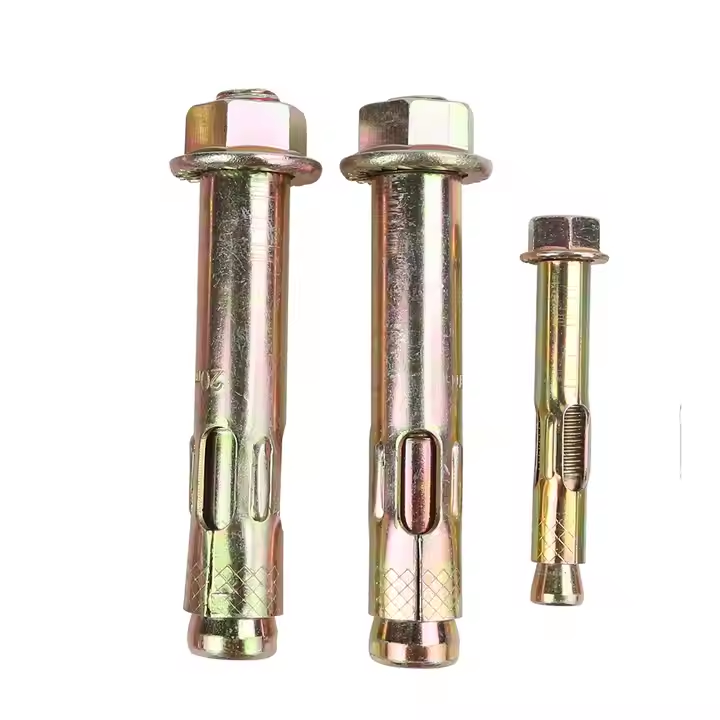

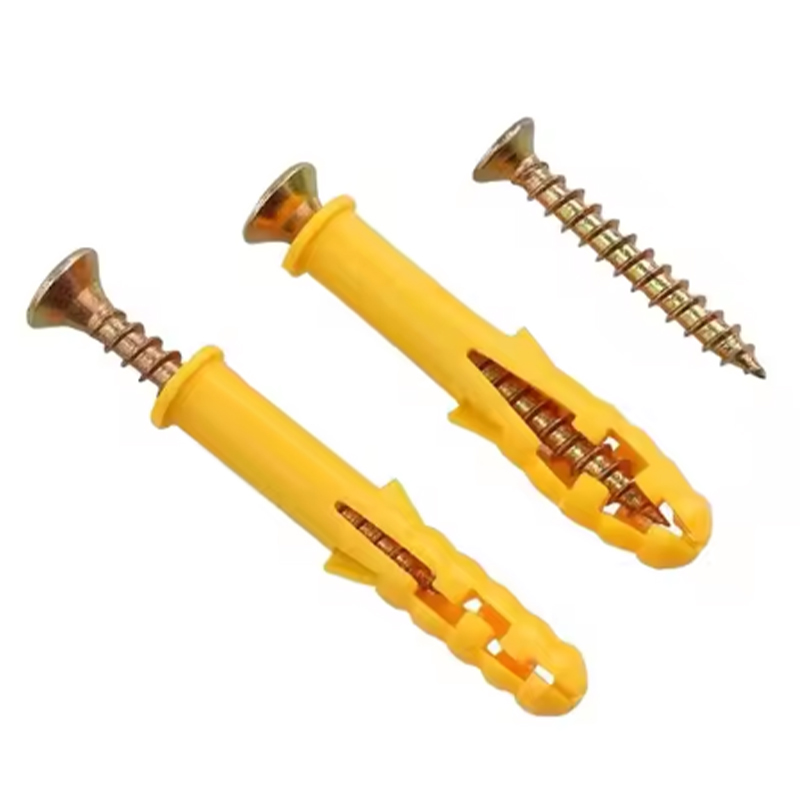
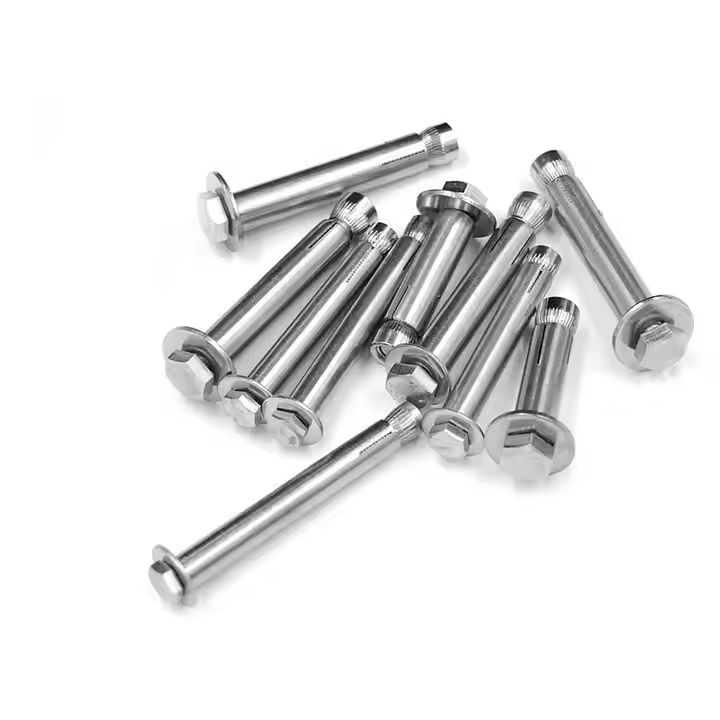
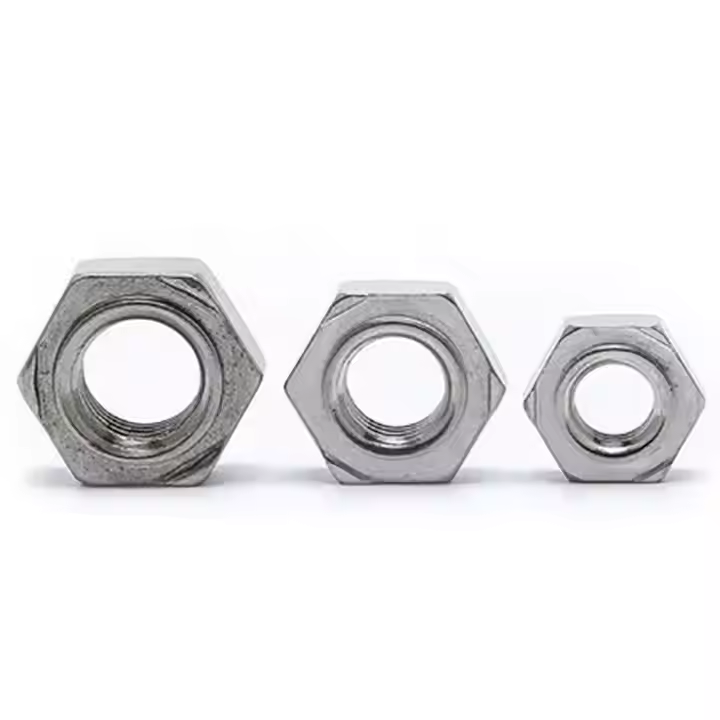
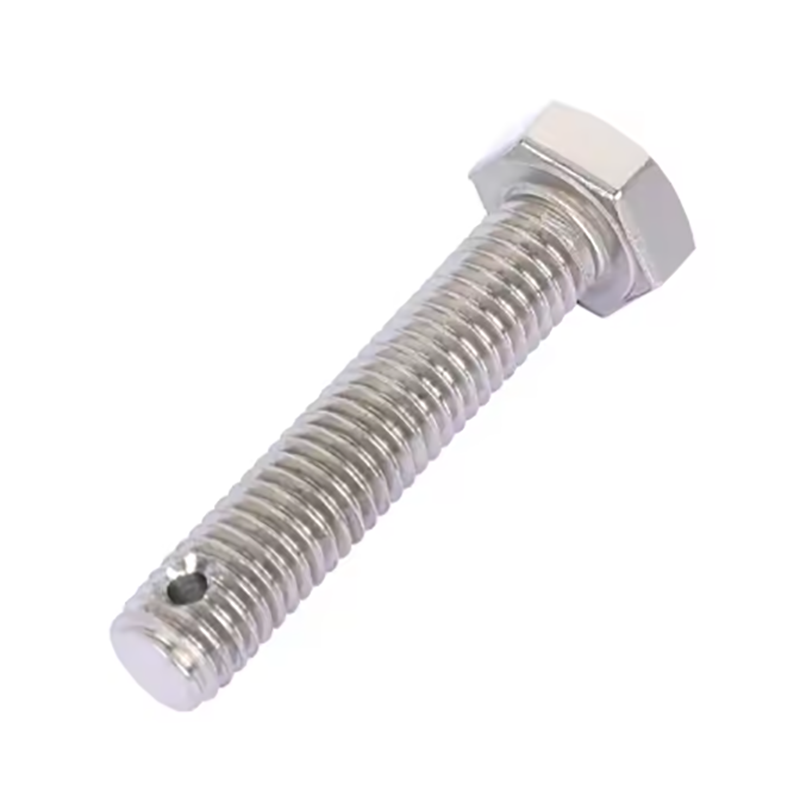
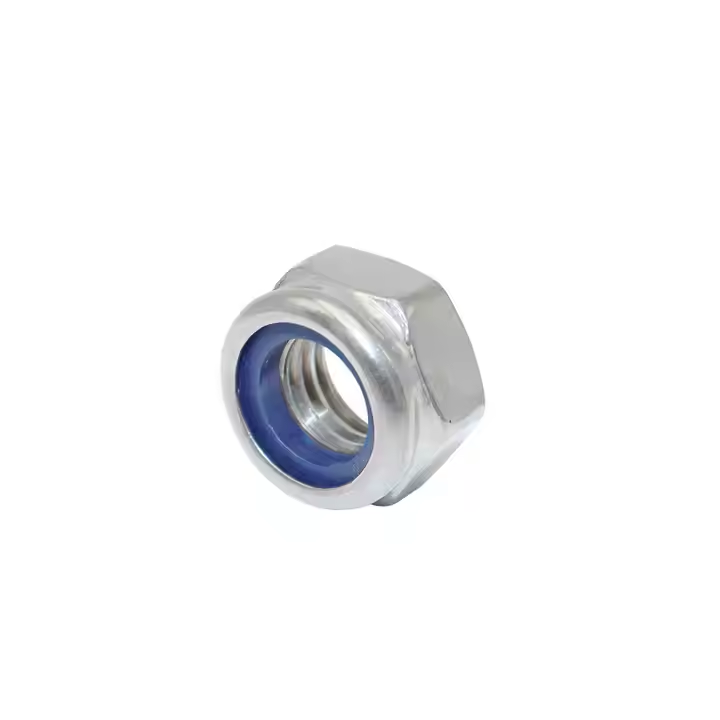


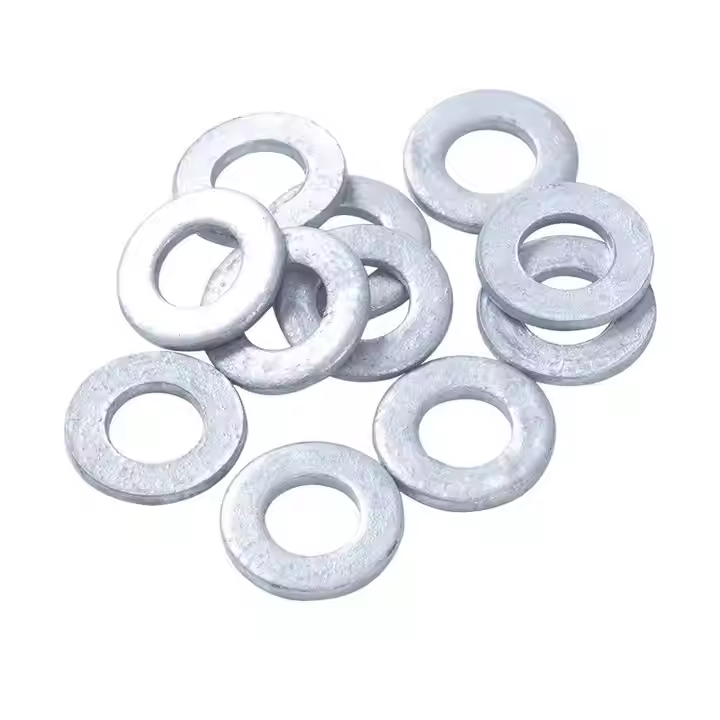
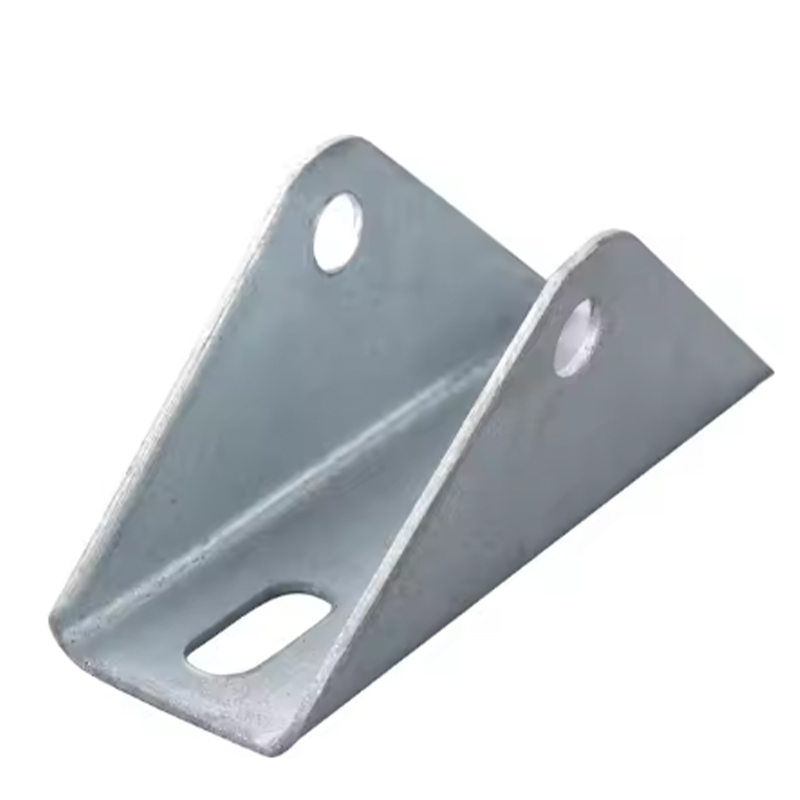

Please enter your email address and we will reply to your email.